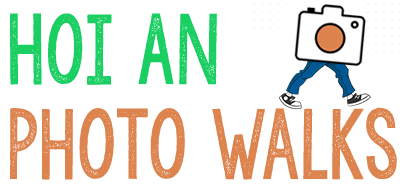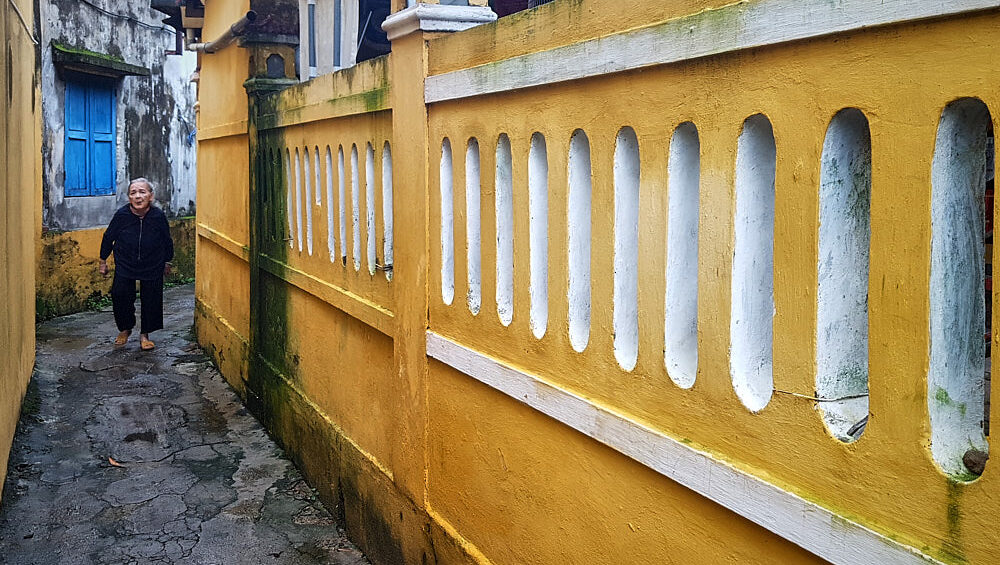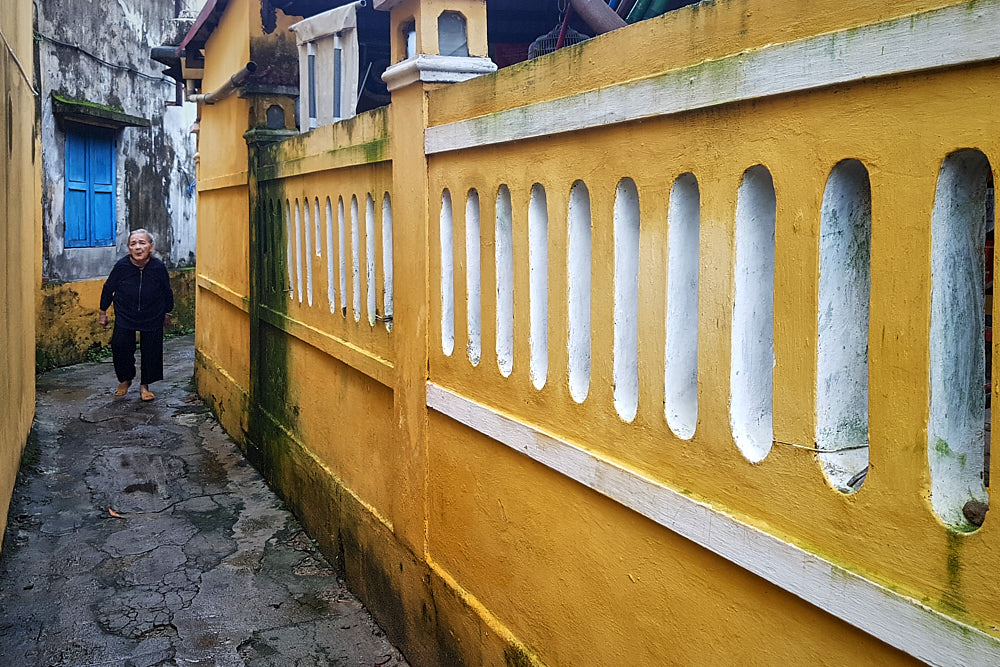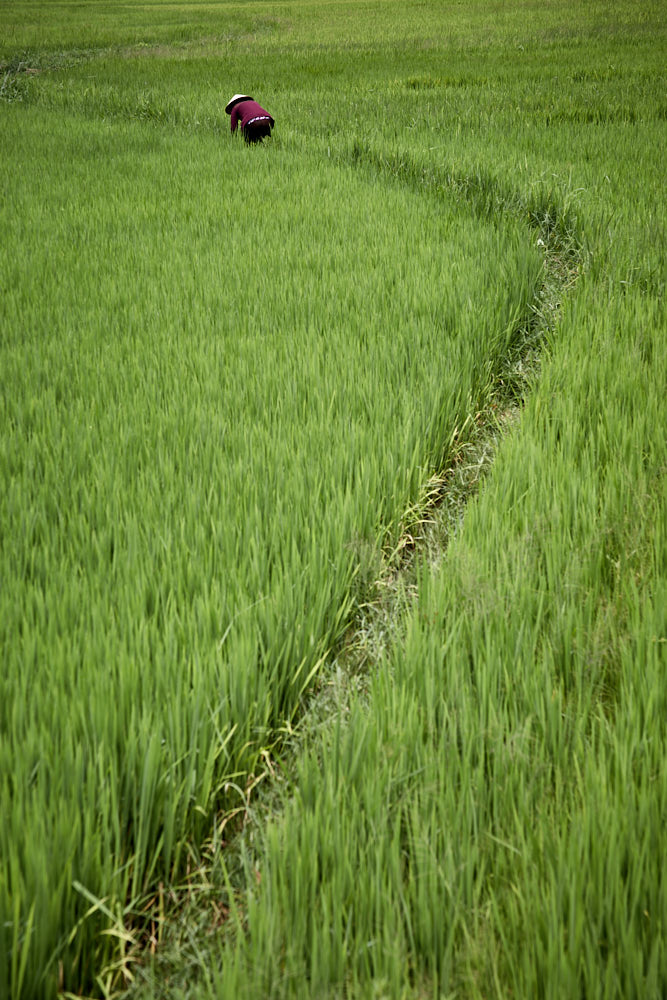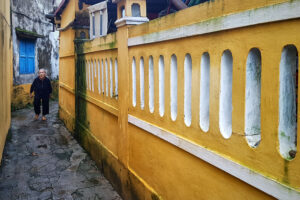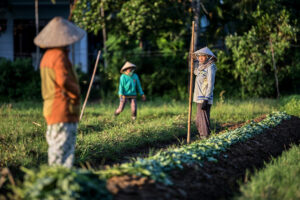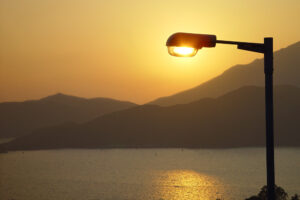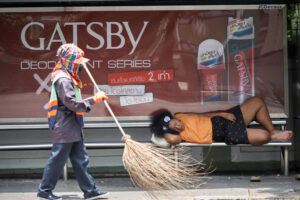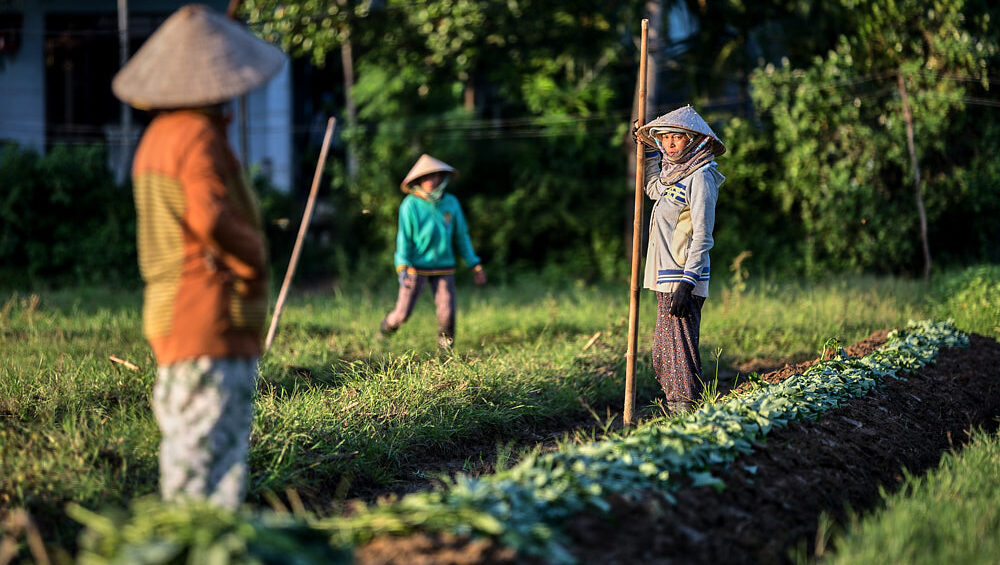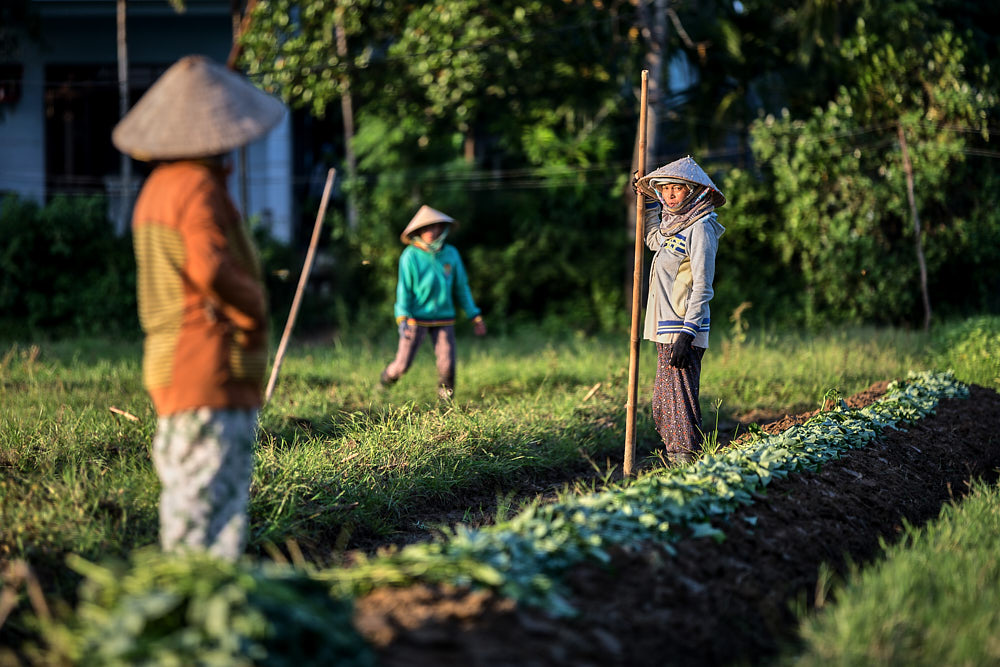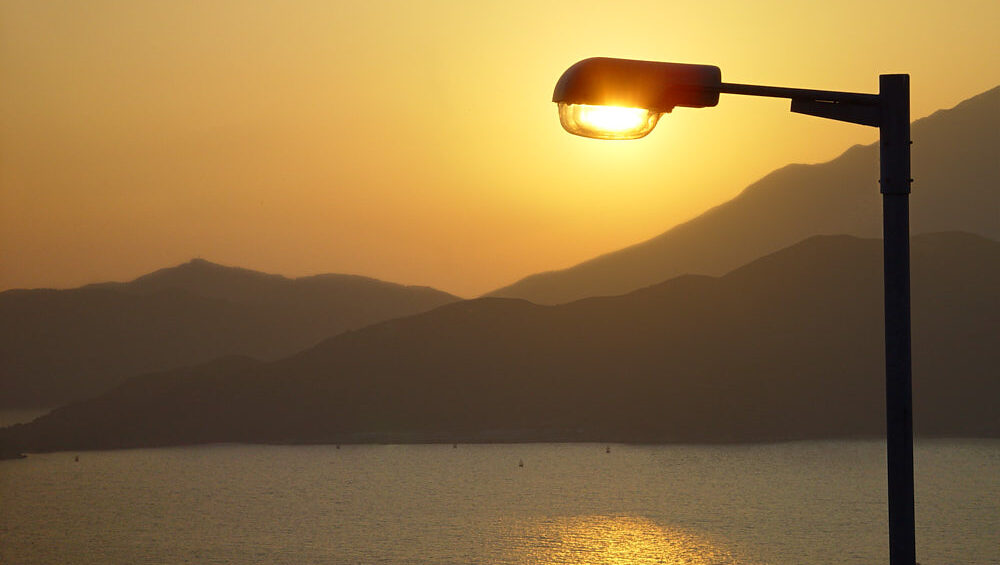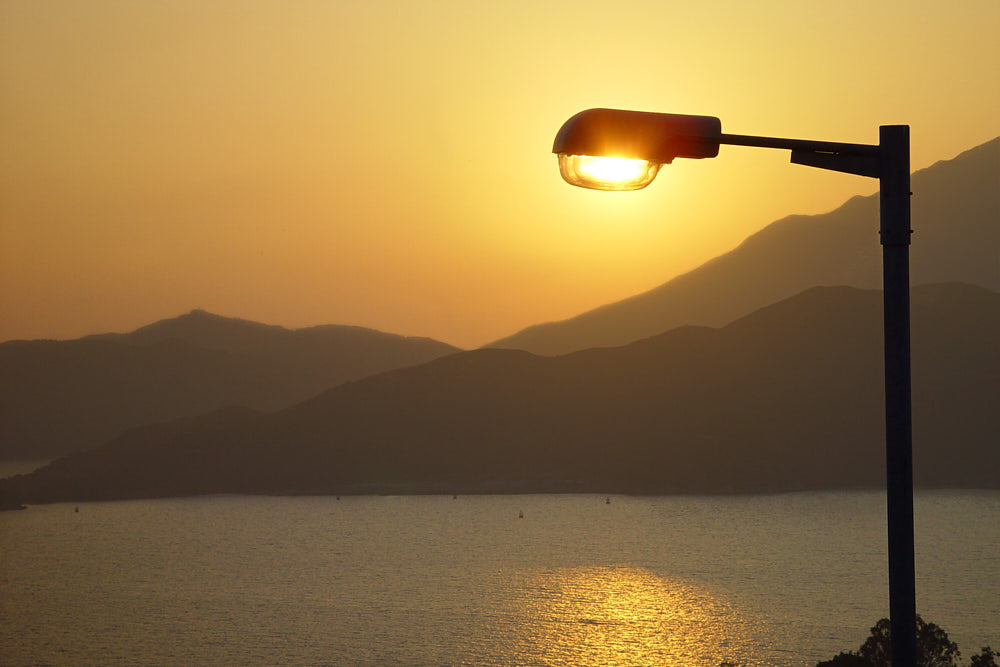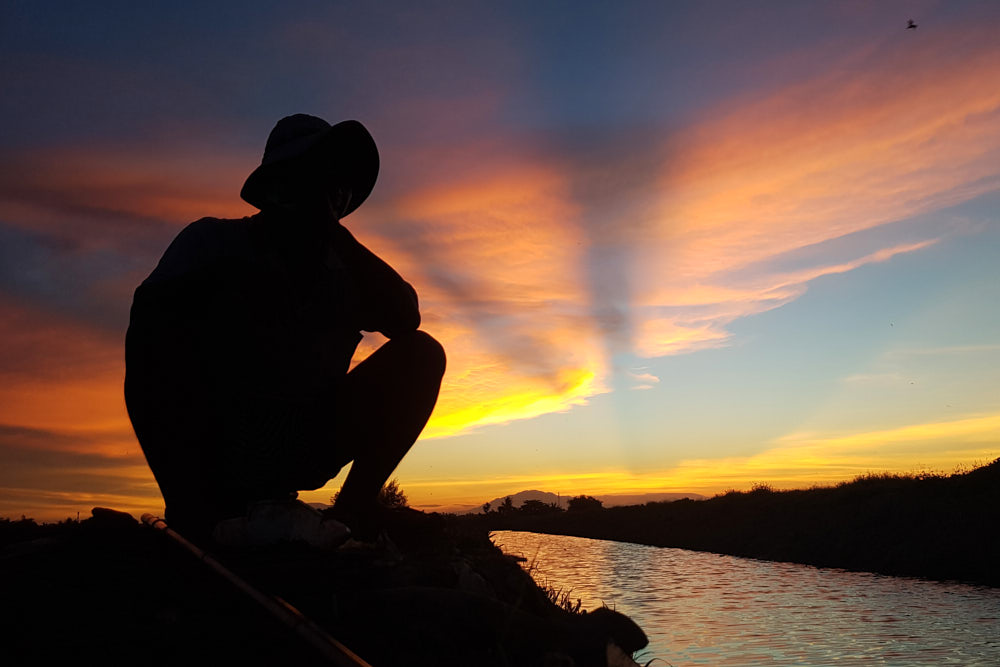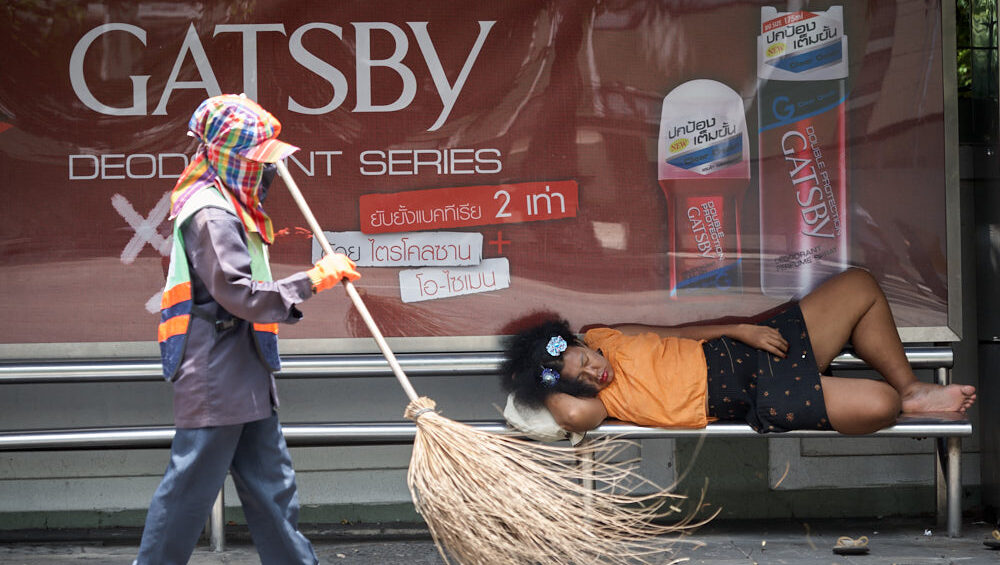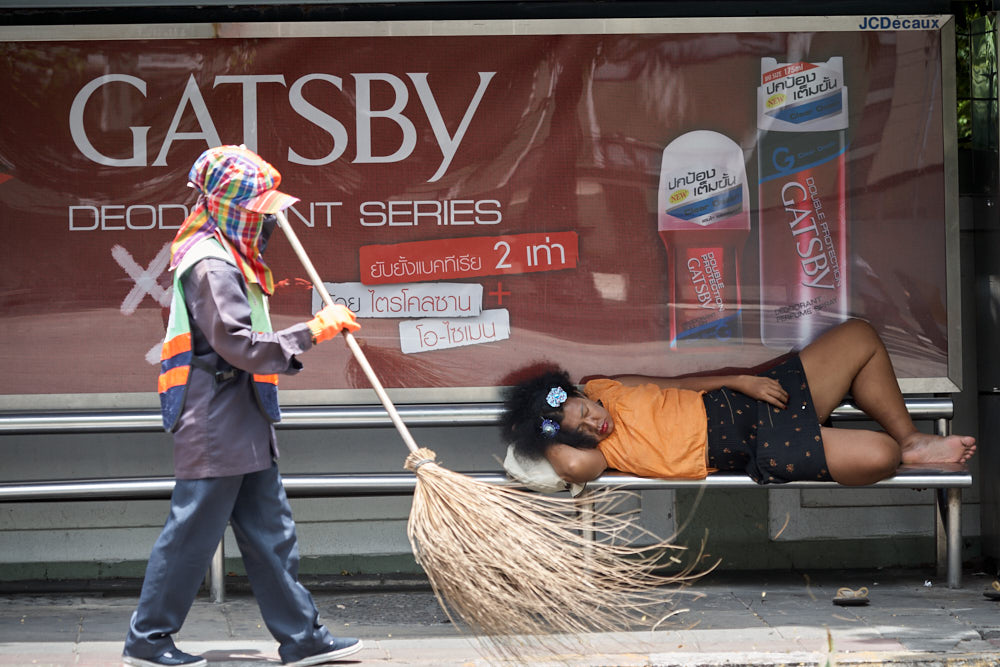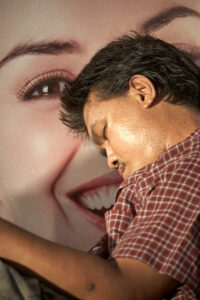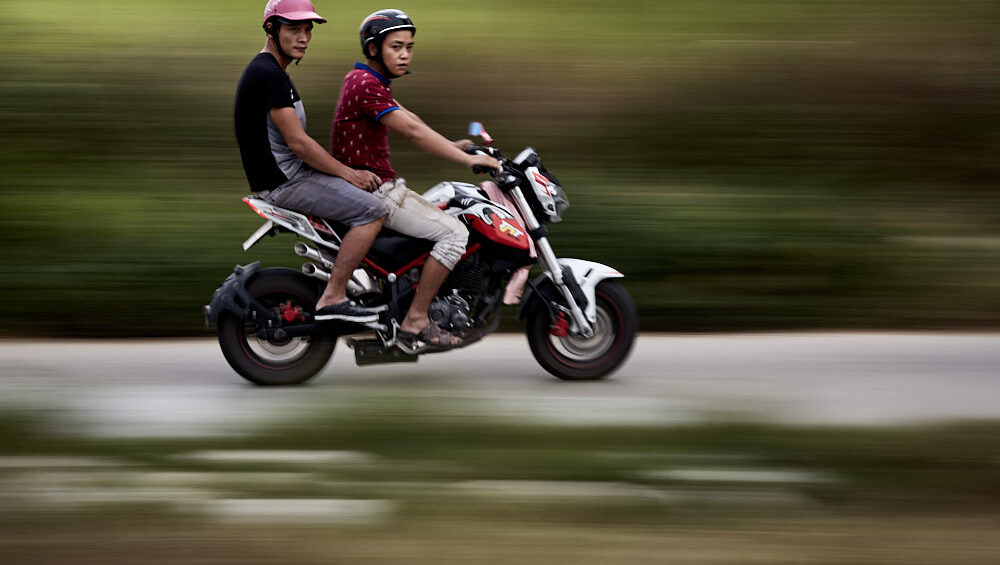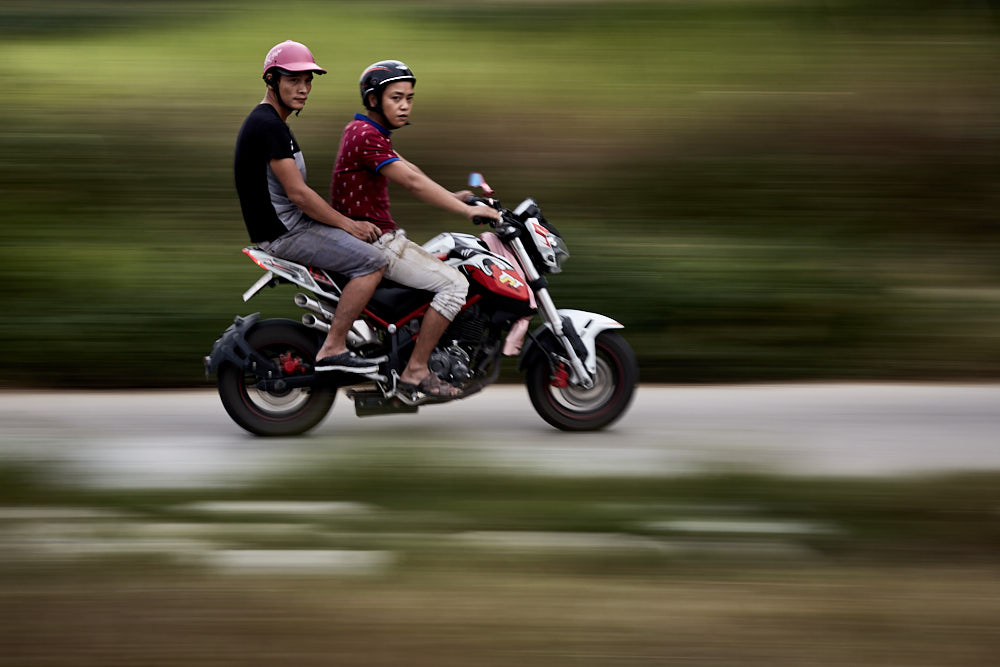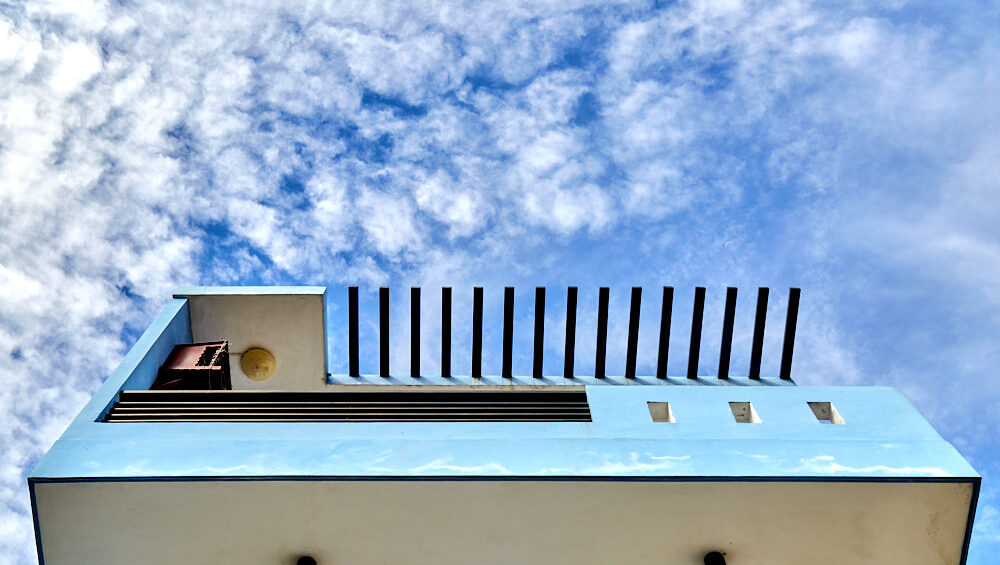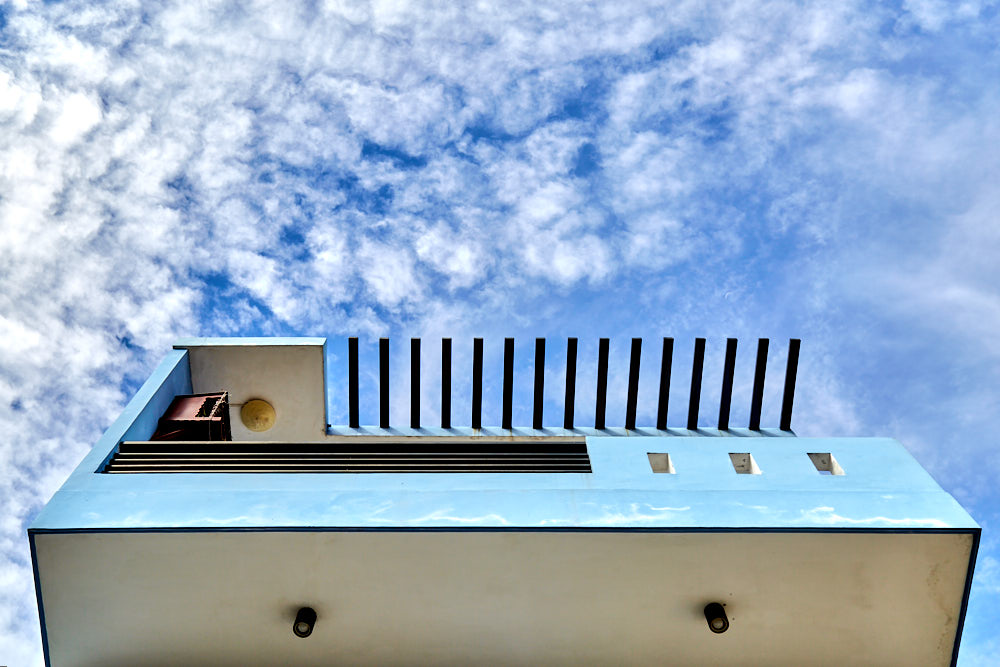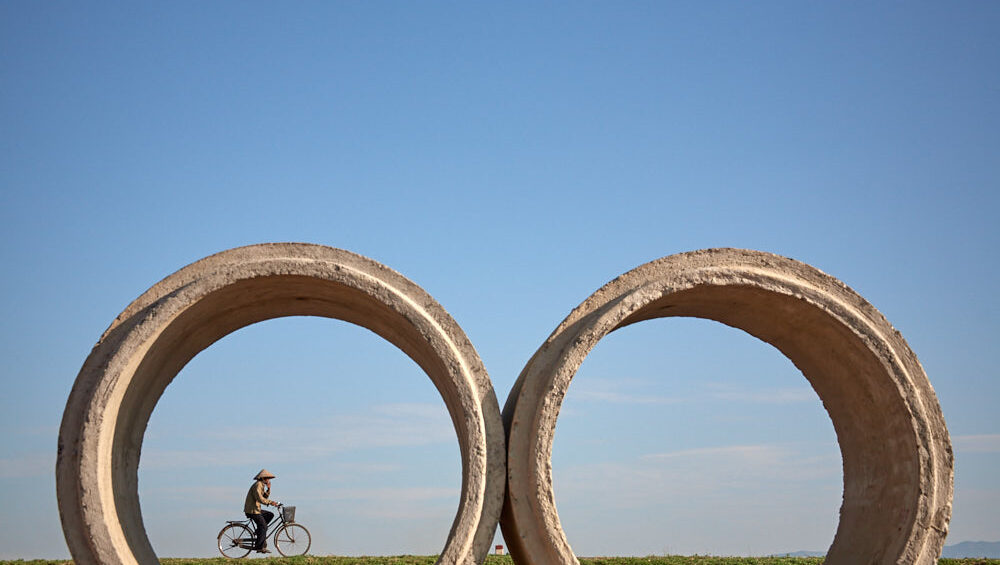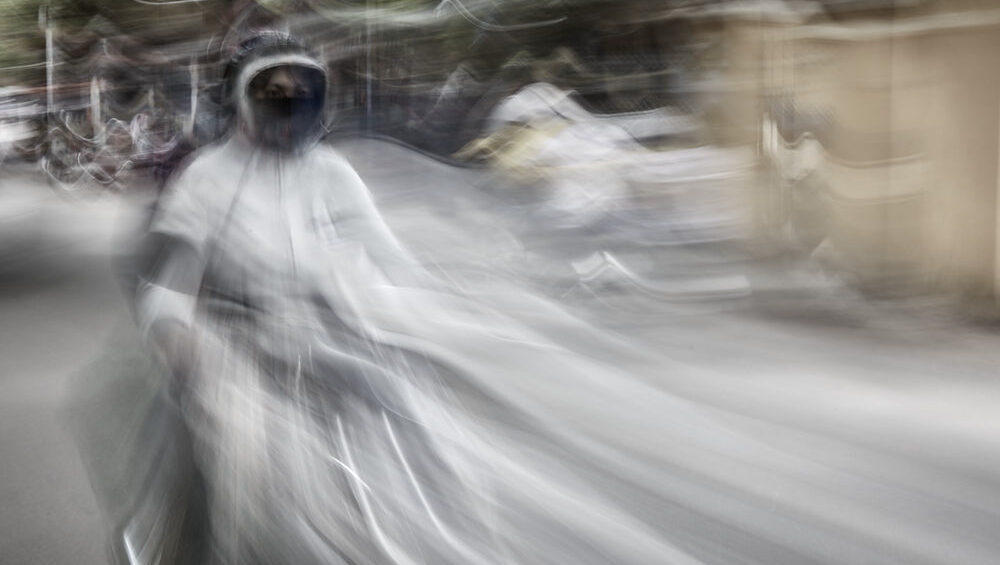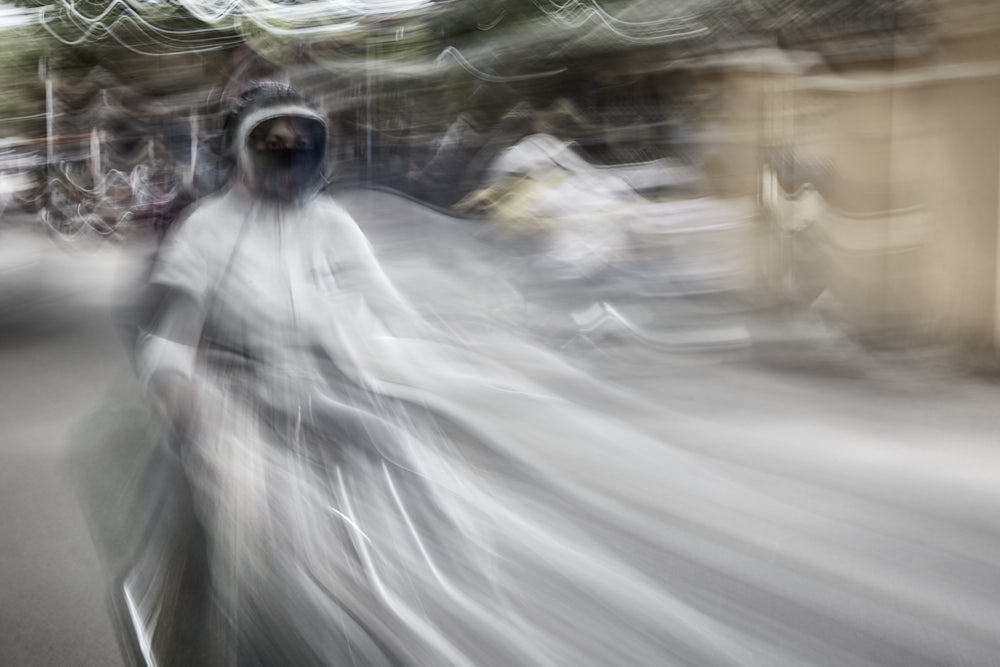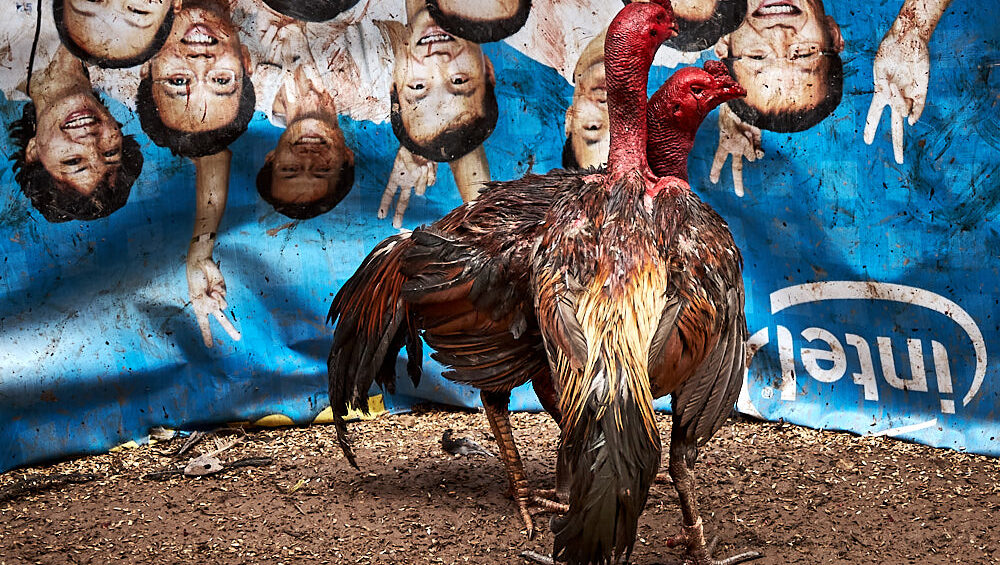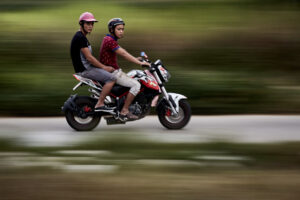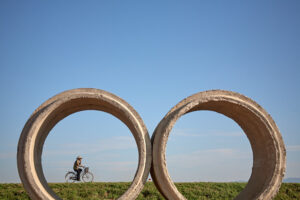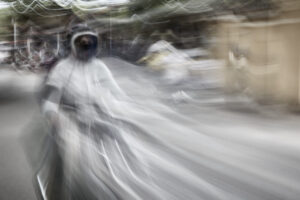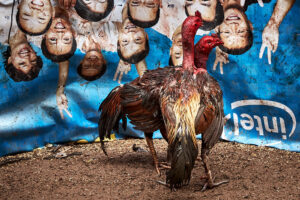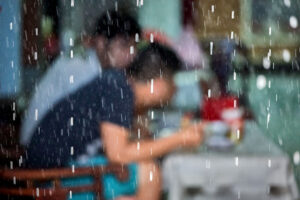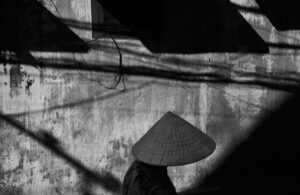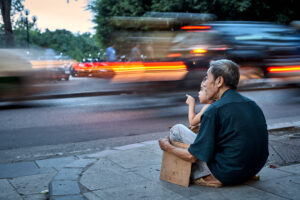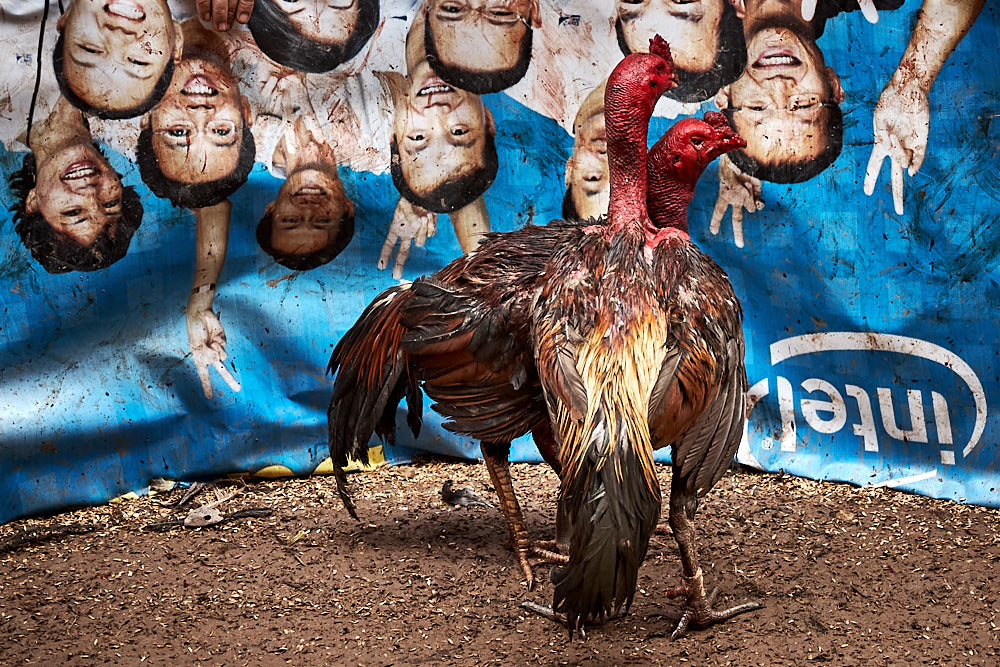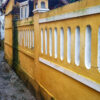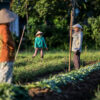Lines
Images explained - Little stories about making decisions
Lines
You have probably heard it many times. Lines. Leading lines. Lines in a photo lead the attention of the viewer towards something. This is how the eyes work. They want to be guided. Next time you see something interesting, check if anything in the surrounding area leads towards that treasure. And then frame it.
This is somewhere downtown Hoi An in a quiet alley. The lines of the wall immediately suck you deeper into the image. When I first saw them there was nothing else. The lines lead me to the window. Or an empty exit/entrance. That works. It could be considered as the end or a beginning.
On an other day when I was there a woman suddenly appeared and immediately I captured her. Now all attention leads to her.
In case you are interested, my sunrise tour passes this spot.
Photography is not just a matter of aiming your camera and pressing the button. For collecting memories this is perfectly alright. But if you want to decide what exactly ends up in your photo and how, you have to spend some more time and make decisions.
What is it what you want? Are there any distractions or irrelevant parts you definitely don’t want in your image? Do you want to be creative by changing your aperture or shutter speed? Or even move the camera (or just the lens) while pressing the shutter, to add a certain effect? What is the best moment to press the button?
This is a series of images where I explain what it is what I wanted and how I executed my plans.
These are things I talk about on my photography tours. If this appeal to you, check out the tours or go straight to www.photo-voyager.com to make your booking.
